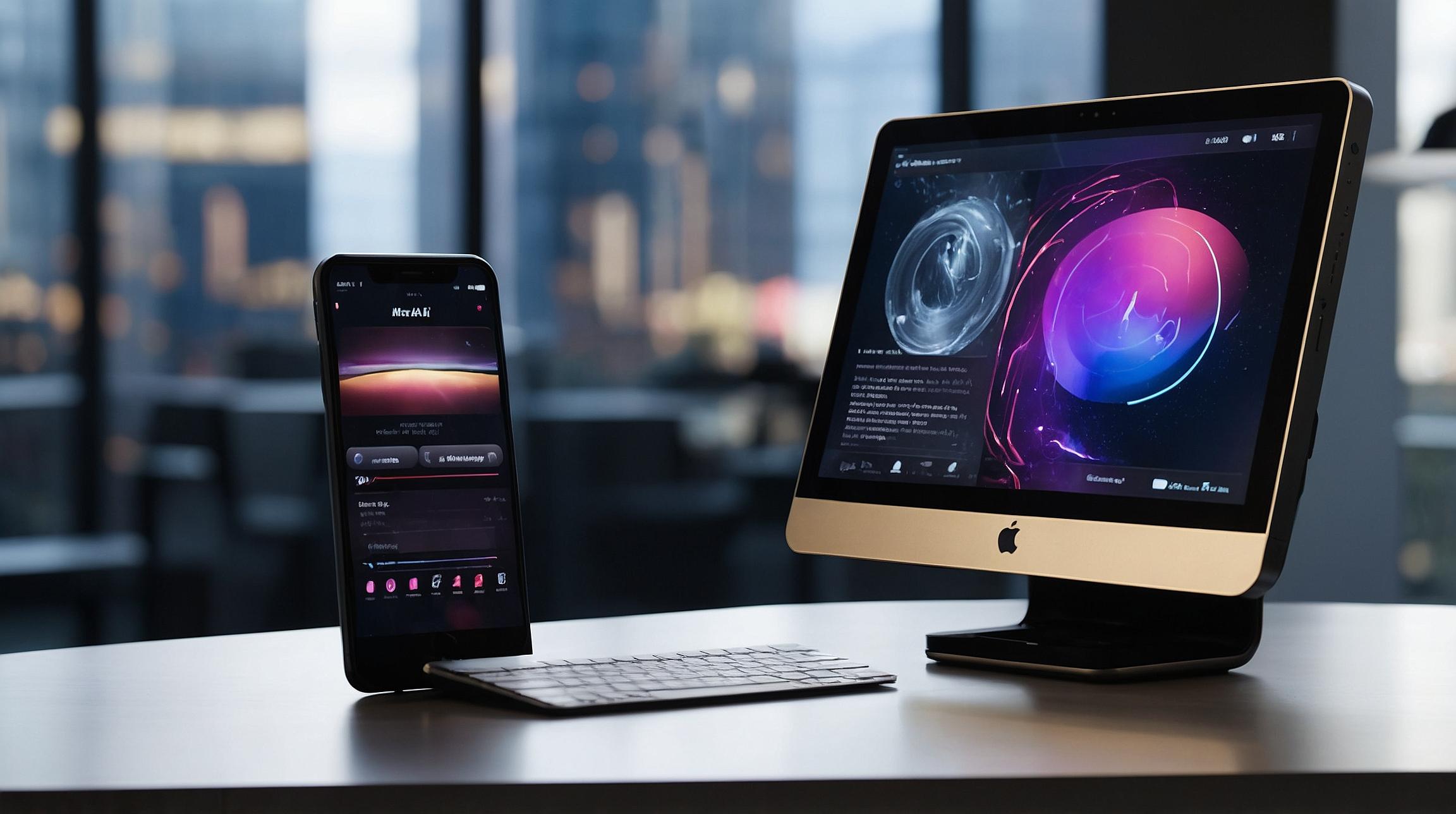SpaceX Set to Enhance Safety by Deorbiting 100 Starlink Satellites Amid Satcom Cost Drop
In an unprecedented move, SpaceX is slated to deorbit 100 of its Starlink satellites to address safety concerns. This decision comes at a time when the cost of satellite communication (Satcom) has seen a dramatic decrease, thanks in large part to the Starlink initiative. As the technology landscape evolves, industry giants like SpaceX and emerging players such as Quantum Space and Lynk are shaping the future of connectivity from Low Earth Orbit (LEO) to beyond.
A Decisive Step for Space Safety
SpaceX's commitment to safety is underscored by its recent announcement to deorbit a significant number of its operational Starlink satellites. This operation is set to ensure the long-term sustainability of space activities by reducing the risk of space debris and collisions. As a leader in space innovation, SpaceX’s proactive approach highlights its dedication to maintaining a safe space environment for current and future missions.
Revolutionizing Satellite Communication
The impact of Starlink on the Satcom industry is unmistakable. Since 2019, the initiative has achieved a 77% reduction in the cost of data transmission from space, significantly lowering barriers to entry for space-based data services. This price drop has spurred a wave of innovation and competition within the sector, exemplified by companies like Viasat, which recently enhanced its operational capacity through the integration with Inmarsat, and Lynk, poised to offer satellite-to-phone connectivity following a public offering guided by former baseball icon Alex Rodriguez.
Emerging Players Enter the Scene
Quantum Space, an ambitious company aiming to develop a mesh communications network, unveiled Sentry, its inaugural mission. Set to launch aboard SpaceX's Transporter-10 rideshare, Sentry represents a critical step toward establishing a resilient infrastructure that spans LEO to cislunar space, catering to the growing demand for robust and extensive data services.
Moreover, Lynk is set to revolutionize emergency communications by enabling direct satellite-to-mobile phone connections, showcasing the potential for satellite technology to deliver life-saving capabilities across the globe.
Looking Ahead
The trajectory of satellite communication and space exploration is on a remarkable path, driven by innovation, strategic collaborations, and a shared commitment to safety and sustainability. As companies like SpaceX, Quantum Space, and Lynk continue to push the boundaries of what's possible, the final frontier appears closer than ever, ripe with opportunities for exploration, connectivity, and beyond.
In this dynamic landscape, stakeholders from investors to tech enthusiasts are keenly watching as these developments unfold, heralding a new era of space technology that promises not only to improve global communication but also to ensure the long-term usability of our shared cosmic environment.
Analyst comment
Positive news. As SpaceX deorbits 100 Starlink satellites to address safety concerns, the market can expect an increased focus on space safety and sustainability. The cost drop in satellite communication due to initiatives like Starlink will continue to drive innovation and competition in the industry. Emerging players like Quantum Space and Lynk are poised to revolutionize connectivity and expand data services, creating new opportunities for exploration and collaboration. Overall, the market for satellite communication and space technology is set to grow and improve global communication.













